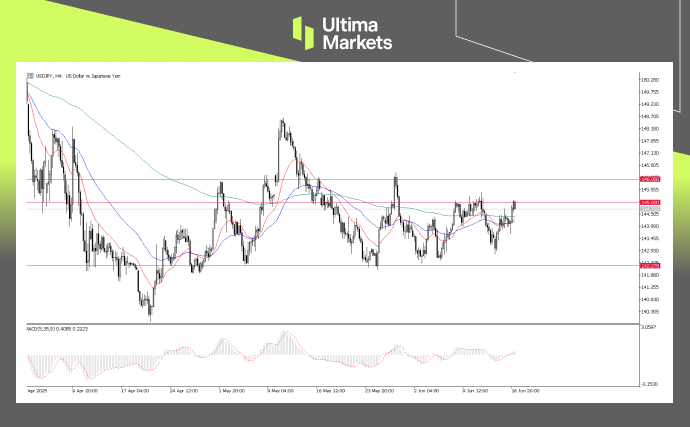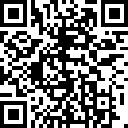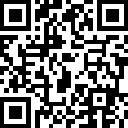Mixed Sentiment as Geopolitical Risks, Central Banks Ahead
Global financial markets started the week on a cautious note, as investors weighed rising geopolitical tensions against a backdrop of major central bank decisions. Monday’s muted open reflects a fragile balance between risk appetite and defensive positioning.
Market Overview
Wall Street futures dipped slightly in early trading, while European benchmarks remained broadly flat. In Asia, equities opened higher but struggled to sustain gains as market participants shifted focus to geopolitical headlines and upcoming policy signals.
In the currency market, the U.S. dollar edged higher against major peers, supported by safe-haven flows amid intensifying Middle East tensions and anticipation of key policy updates from the Federal Reserve and Bank of Japan.
The Japanese yen held steady around the 145 level versus the U.S. dollar, showing resilience as speculation mounts over the BOJ’s policy path. Meanwhile, commodity-linked currencies such as the Australian and New Zealand dollars weakened, reflecting broader cautious sentiment.
Central Bank Watch: BOJ and Fed in Focus
This week’s monetary policy calendar is headlined by the Bank of Japan and the U.S. Federal Reserve—both of which could shape market direction through summer.
The BOJ is expected to leave interest rates unchanged, but investors will be watching for any shift in tone, particularly regarding its bond-buying program and inflation outlook. Governor Kazuo Ueda’s comments will be scrutinized for clues about whether the central bank is preparing to tighten policy more clearly, especially as trade tensions begin to ease.
The Fed, meanwhile, convenes midweek with its rate decision due Wednesday. Softer May CPI and cooling labor market data have reinforced expectations that the Fed will keep rates on hold.
However, markets are keen to hear Chair Powell’s guidance on future cuts—potentially as early as September. Any surprise hawkish tone could challenge the recent weakening trend in the U.S. dollar and reprice rate expectations.
Geopolitical Risk: Middle East Escalation Raises Caution
Tensions between the U.S. and Iran intensified over the weekend following Israel’s strikes on Iranian infrastructure. In response, President Trump ordered partial evacuations of U.S. personnel in Tehran and cut short his participation in the G7 summit in Canada—highlighting the severity of the situation.
China has also urged its citizens to leave Israel urgently, further emphasizing the perceived risks of a broader regional escalation.
Despite the seriousness of the developments, market reactions have been relatively contained so far, as investors could largely expecting a diplomatic approach in prevent a full-blown conflict.
USDJPY: Consolidation Amid Mixed Outlook
The USDJPY pair remains in a tight consolidation phase, trading just below the key resistance level at 145.00. Price action has been relatively muted despite rising geopolitical tensions and the approaching Bank of Japan (BOJ) and Federal Reserve meetings—two major catalysts that could soon break the current range.

USDJPY, 4-H Chart Analysis | Source: Ultima Market MT5
USDJPY remains in a holding pattern as traders await clarity from the BOJ and Fed. A breakout from the current consolidation range could set the tone for the next directional move.
Market Drivers:
- BOJ Outlook: If the BOJ hints at policy tightening or signals reduced bond purchases, it could strengthen the yen and push USDJPY lower.
- Fed Policy: Conversely, if the Fed delivers a hawkish tone—despite cooling inflation data—it may lift the dollar, supporting a breakout above 145.00.
Disclaimer
Comments, news, research, analysis, price, and all information contained in the article only serve as general information for readers and do not suggest any advice. Ultima Markets has taken reasonable measures to provide up-to-date information, but cannot guarantee accuracy, and may modify without notice. Ultima Markets will not be responsible for any loss incurred due to the application of the information provided.
Why Trade Metals & Commodities with Ultima Markets?
Ultima Markets provides the foremost competitive cost and exchange environment for prevalent commodities worldwide.
Start TradingMonitoring the market on the go
Markets are susceptible to changes in supply and demand
Attractive to investors only interested in price speculation
Deep and diverse liquidity with no hidden fees
No dealing desk and no requotes
Fast execution via Equinix NY4 server









